
Slide title
G ERNEST MORGAN
Button
Slide title
KRISTIN PATERSON
Button
Slide title
FRED FISHER
Button
Slide title
LISA MORGAN-LANTOS
Button
Slide title
SCOTT LANGFORD
Button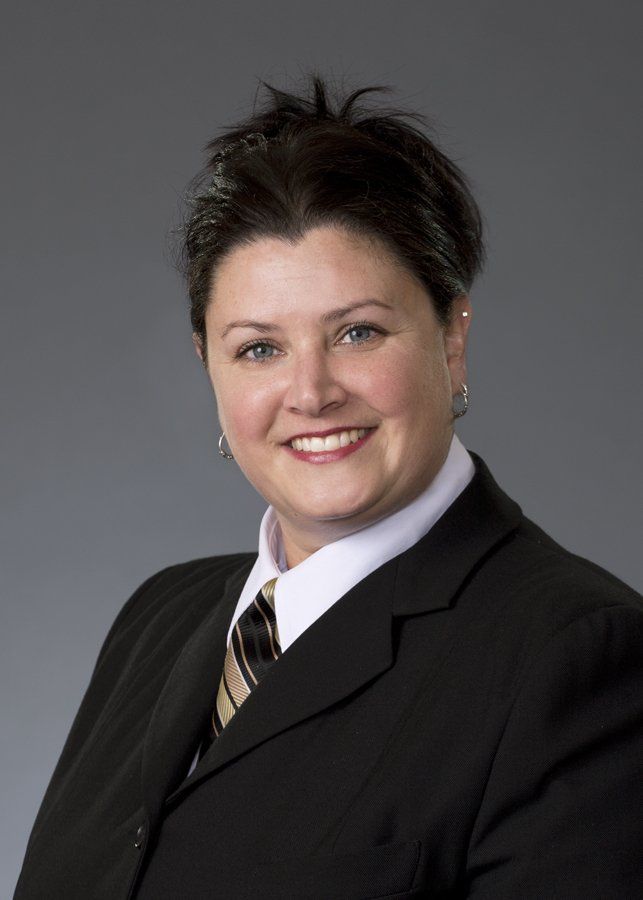
Slide title
JENNIFER SHELTON
Button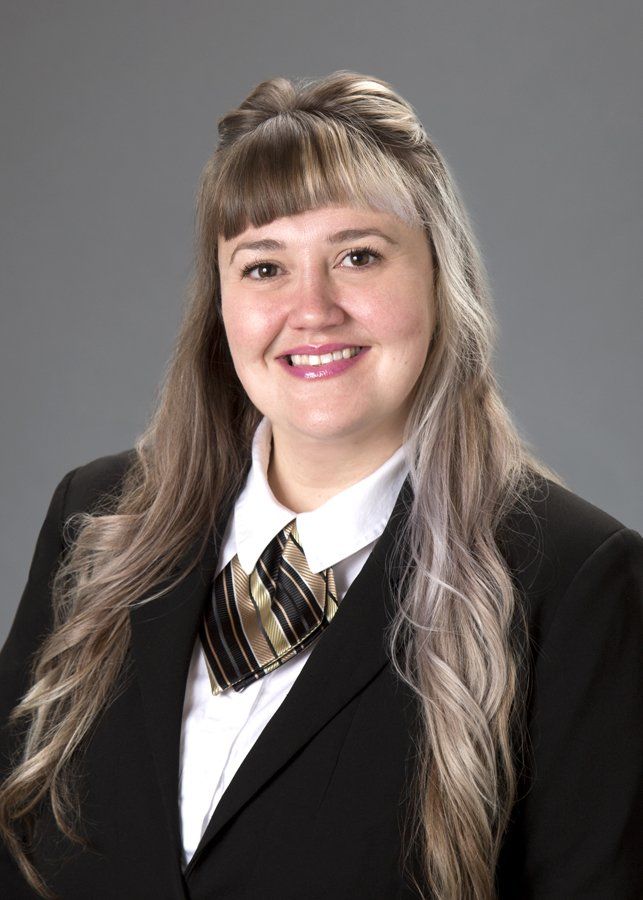
Slide title
DAYNA HAROLD
Button
Slide title
ALLAN LEVESQUE
Button
Slide title
DAVID TURNER
Button
Slide title
SARAH DUGGAN
Button
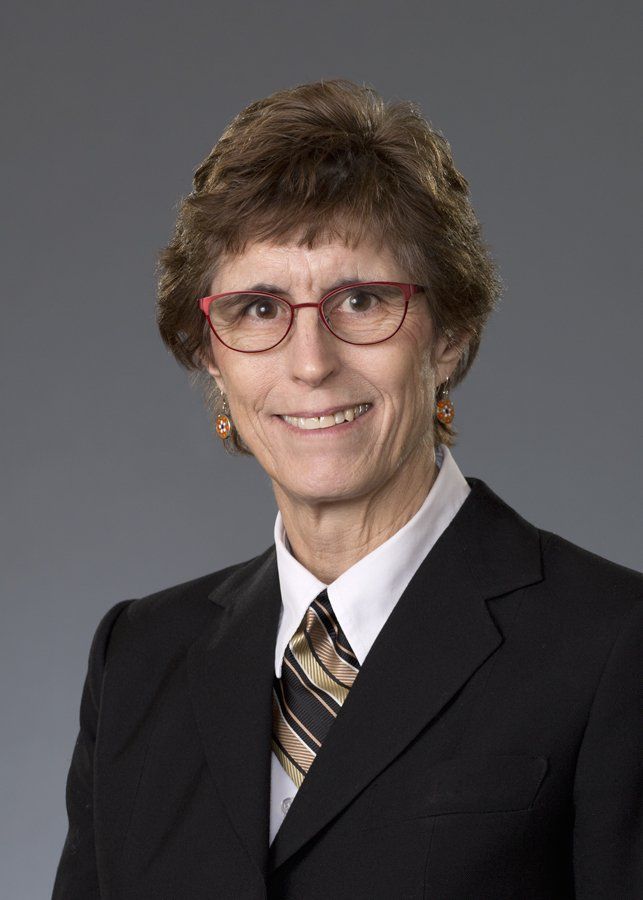
Slide title
KATHY VISENTIN
Button
Slide title
NEIL STOETZEL
Button
Slide title
ALAIN GIGNAC
Button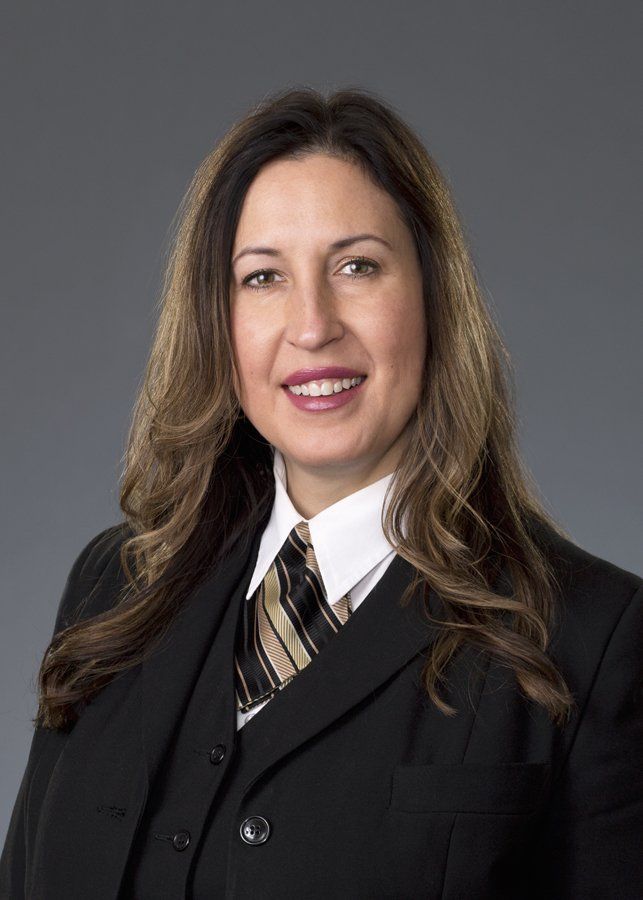
Slide title
JOCELYNN RODGERS
Button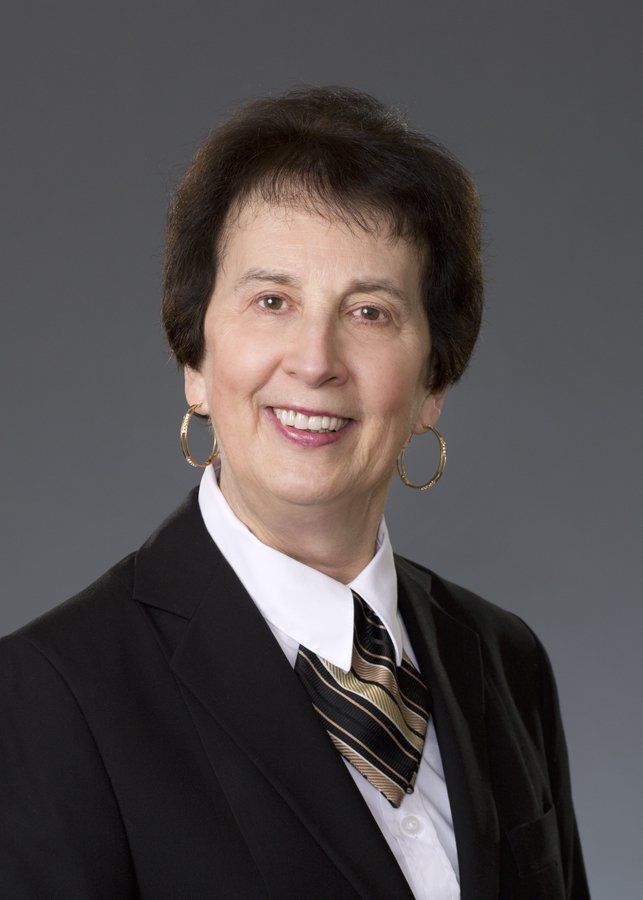
Slide title
HELEN GALPIN
Button
Slide title
CAROLINE NAGY
Button
Slide title
MARTHA GLEDDIE
Button
Slide title
JIM PATERSON
Button

Slide title
LESYA BUSHUSHA
Button
Slide title
BRITTANY MORGAN
Button
Slide title
ISABEL GARNER
Button
Slide title
CHRISTEN RODGERS
Button
Slide title
ANNE TAYLOR
Button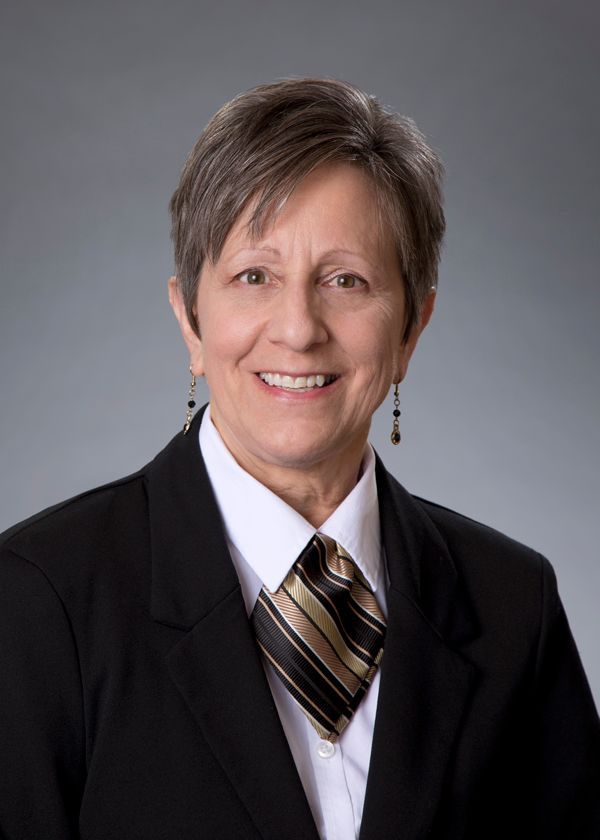
Slide title
CAROL RAPATTONI
Button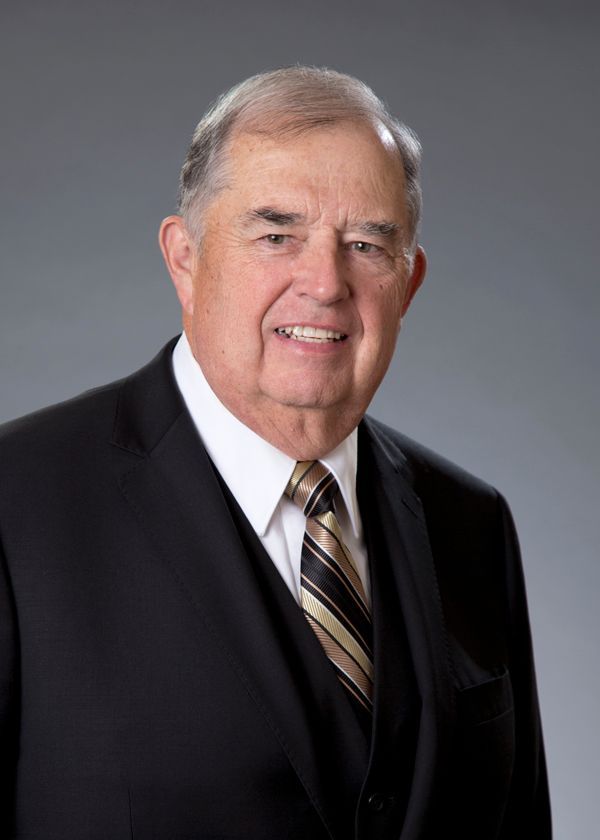
Slide title
JIM ARNOLD
Button
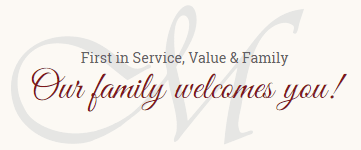
Funerals vs. Celebrations of Life
It's interesting; funerals
and celebrations of life
have much in common, yet they often appear very different. Each is a ceremony; a gathering of people who share a common loss. It's just that one is more rooted in tradition, while the other is the result of recent changes in social values. But both serve to do three things:
- Help the bereaved family, and their community, publicly acknowledge the death of one of their own
- Support the grieving family by surrounding them with caring friends, co-workers, and neighbors
- Move the deceased from one social status to another
Yet they achieve those things in very different ways. First, let's take a closer look at what most of us commonly see as very traditional funerals.
The Funeral
It's not surprising funerals have been around for a very long time. Composed of three activities, the visitation, the funeral service, and the committal service, performed at the graveside; this funeral is the one we'd easily recognize from contemporary literature and film.
The Visitation
Held prior to the funeral, often the night before but sometimes on the same day, the visitation (or viewing) is a time when people come to support the family and, more importantly, pay their respects to the deceased. This often involves stepping up to the casket to view the body; either in the company of a member of the surviving family or on your own.
The Funeral Service
Commonly held in the funeral home or church, the traditional funeral service is led by an officiant of one kind or another; most commonly a pastor or the funeral director. This individual follows a very predictable funeral order of service which includes the singing of hymns; and invocations, Bible recitations, Scripture readings, and prayers led by the officiant.
The Committal Service
This takes place at the cemetery, after a slow and respectful automobile procession from the place where the funeral was held. The committal service ends when the casketed remains are lowered into the ground, and final prayers are said.
Celebrations of Life
Author Barbara Kingsolver, in her book The Poisonwood Bible, wrote “To live is to be marked. To live is to change, to acquire the words of a story, and that is the only celebration we mortals really know.” We think this reflection is at the heart of acelebration of life. While a funeral, as we've described it above, has more to do with the orderly and often spiritually-defined, a celebration of life is more concerned with telling the story of the deceased. Celebrations of life are just that: a time people come together more to celebrate the unique personality and achievements of the deceased than to merely witness or mark the change in their social status.
Celebrations of life are similar tomemorial services, which can be described as a hybrid event, combining the flexibility of acelebration of life with many of the activities of a traditional funeral order-of-service.
There's more room for creativity in acelebration of life than a funeral.
Since celebrations of life are commonly held after the individual's physical remains have been cared for through burial or cremation, there is much more time available to plan the event. And without doubt, this allows you to make better decisions about how you'd like to celebrate the life of someone you dearly loved.
Are You Undecided? Turn to Us.
We've got years of experience listening, brainstorming, and advising families how they can best pay tribute to a beloved family member. That means we're the perfect people to help you decide between a funeral and acelebration of life. We'll explore your funeral service options with you in detail, taking all the time you need.
In the book Chocolat, by Joanne Harris, you'll find this fundamental truth: “Life is what you celebrate. All of it. Even its end.” As funeral professionals we help families express reverence for life. Let us do that for your family. Call our funeral home to speak with a member of our staff.
Sources:
- Barbara Kingsolover, The Poisonwood Bible
- Joanne Harris, Chocolat
Morse & Son Funeral Home
5917 Main Street Niagara Falls, ON L2G 5Z7 Fax: 905-356-9916
Morgan Funeral Home
415 Regent Street P.O. 453 Niagara-on-the-Lake, ON L0S 1J0
Morse & Son Funeral Home proudly serves Niagara Falls and the following (but not limited too) communities: Stamford, St. Davids, Queenston, Chippawa, Willoughby, Crowland, Snyder, Stevensville, Fort Erie, St. Catharines, Merriton, Grantham, Welland, Allanburg, Thorold, and Port Robinson







